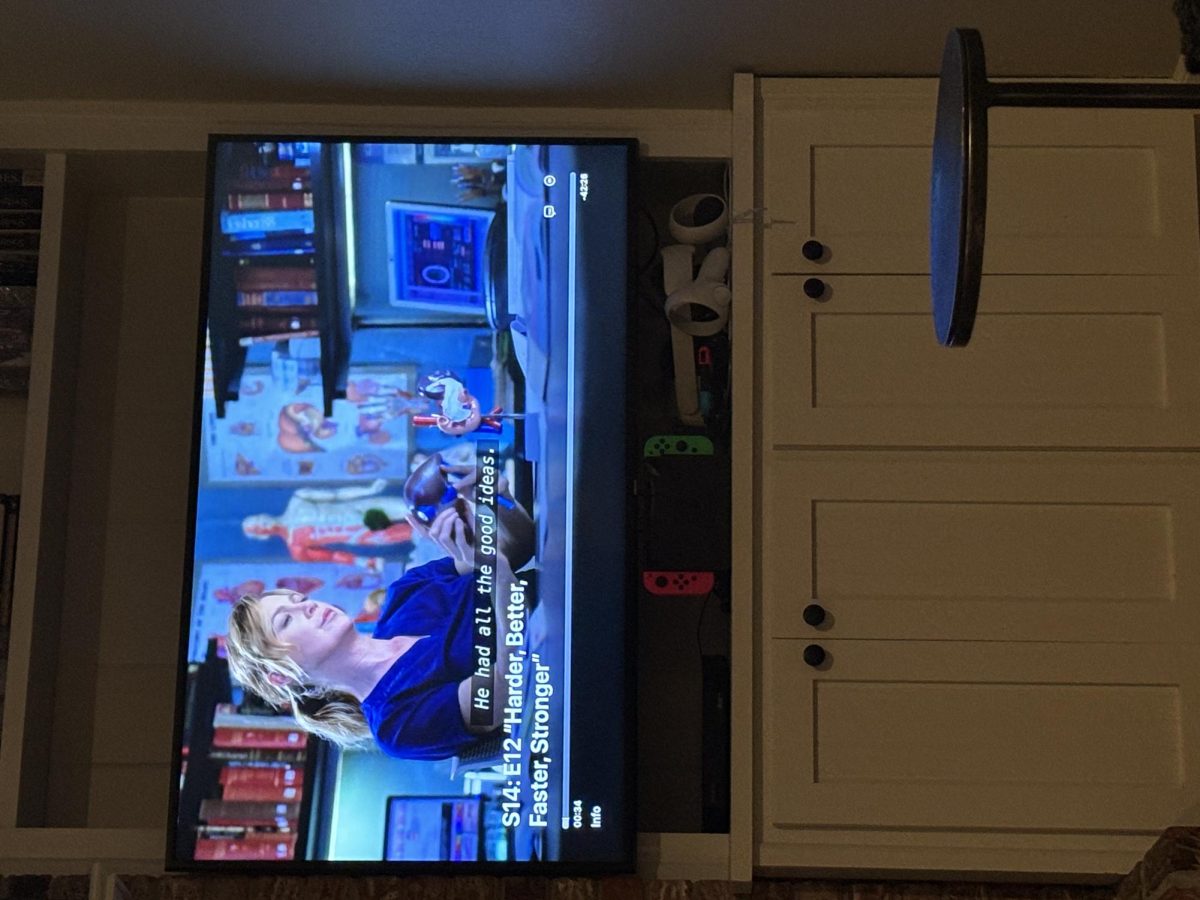Pledge Allegiance to the Flag, or Don’t

Photo Courtesy of Emmy Williams
An American flag waves in the wind in Chamblee
September 8, 2021
“I pledge allegiance to the flag of the United States of America and to the republic for which it stands, one nation, under God, and with liberty and justice for all.”
These are the words of the Pledge of Allegiance, which has been recited in schools since 1923. Students are encouraged to face the American flag, stand, and place their hands on their hearts as they recite the pledge from memory. Recently, the Pledge of Allegiance has become a controversial topic among students. Some have the opinion that reciting the pledge is a show of support for this country, while others believe that the pledge itself is untrue in current times.
To discover which way the opinions of students are skewed, a survey was conducted on a diverse set of students from all four grade levels here at Chamblee.
The results convey a clear disparity in beliefs about the pledge. Out of the 169 students surveyed, 101 were sophomores, 24 were seniors, 23 were juniors, and 21 were freshmen. While grade level does not play a part in shaping students’ opinions, one thing that all of these grade levels have in common is the fact they all just went an entire school year without having to recite the pledge. This sudden lack of what was once a given continuity in many students’ lives may be one of the reasons that many students said that they opposed the pledge.
A survey regarding the Pledge of Allegiance was also conducted on a group of teachers from all four grade levels. On an average day, 10 students per classroom stood for the pledge, and there was a general silence during the moment of silence.
Students’ reasons for not standing for or reciting the pledge range from simply thinking that it is “unnecessary” to explaining that the pledge “doesn’t currently represent our nation”. Out of the 169 students that took part in the survey, 54% said that they do stand for the pledge. However, only 29% of the students actually recite the pledge.
One of the many reasons that students disapprove of the pledge is because of current issues in our country.
“I understand both why you would and wouldn’t stand for the pledge of allegiance, but I feel respecting a country [that] won’t make much of an effort to fix its issues on a government level seems like hypocrisy to me,” said freshmen Brady Devlin (‘25), who is one of many students that consider current issues when deciding whether to support the pledge. “I understand respecting our soldiers but I feel the pledge is hypocritical because America as a whole won’t fix its major gender equality issues, racial injustice issues, and LGBTQ discrimination.”
The moment of silence is also a part of the Pledge of Allegiance ritual. The purpose of this moment is to show respect for members of the military who have passed away, but many students use the moment of silence to pray. Out of the 169 students who were surveyed, 133 said that they did observe the moment of silence. Many students who choose not to stand for or recite the Pledge of Allegiance do, in fact, observe the moment of silence.
“I have respect for my country, and therefore respect the moment of silence and the flag. However, pledging unconditional allegiance to any institution, especially one as flawed as the United States, will always be odd in my eyes,” said freshmen Luke Simonsen (‘25).
More personal motives may also play a key part in whether students observe the moment of silence.
“I observe the moment of silence because of my family members,” said Sadie Schroder (‘24), a Chamblee sophomore. “I’ve had about 5 close family members in the military, so observing the moment of silence is something I feel obligated to do.”
Overall, the pledge’s irrelevance in current times, its general outdated-ness, and the discomfort that students withstand from pledging unconditional allegiance are all contributing factors to why many students at Chamblee don’t stand for or support the pledge.
“I find the pledge of allegiance and the [expectation] that all students from elementary through high school recite it, to be profoundly authoritarian and anti-democratic,” said Micah Burton (‘24), a CHS sophomore. “I also take issue with one line in particular, ‘with liberty and justice for all.’ While this is a noble aspiration, it is framed as a reality, not a dream. I believe that, sadly, ‘liberty and justice for all’ is not a reality, so I see this line as a lie, and not a benign one.”






















Elizabeth Avett • Sep 11, 2021 at 12:02 pm
What an interesting, fascinating topic! Your survey and article is quite revealing. Lots to think about!!